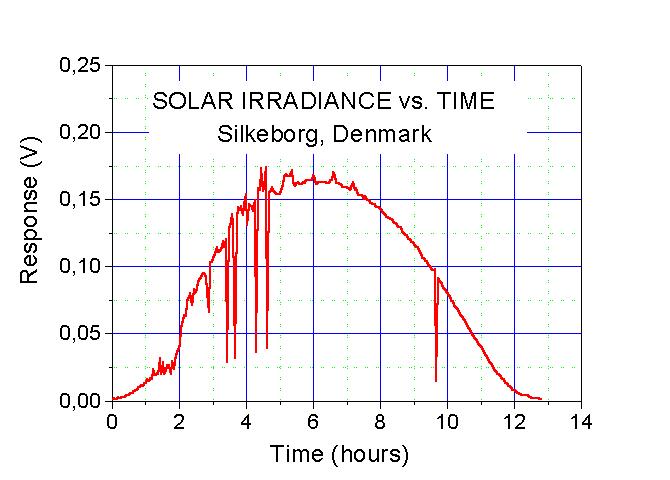BFL13
Dec 01, 2014Explorer II
More MPPT Confusion and Question
Still trying to understand my MPPT set-up and what would be the effect of changing things a bit.
My 230w (30.0 Vmp x 7.7 Imp) poly panel has a Vmp of 30.0v with a measurement tolerance of +/- 3%
So actual Vmp could be anywhere from 29.1 to 30.9
My wiring zoo from panel to controller, measured in action this summer showed panel at EG 29.3 and at controller input 29.0
Voltage drop was therefore 0.3 at about ??7.7a Imp?? (Rated Isc is 8.3a and was getting that panel disconnected)
(I have the controller output wattage then at 203w (12.7Vbat x 16a) but that is after controller efficiency loss and whatever else)
So the question is, where it is trying to stay at Vmp at the "knee" of the IV curve, how bad is that 0.3 voltage drop? What would my controller output be if I cut that voltage drop in half say?
I am thinking (backwards? getting mixed up here) that the controller will "see" the panel voltage as 0.3v lower than it is. But on the IV curve that lower voltage would make the amps higher but if it is lower then amps are way down the knee drop off
Rating max is 230w (30 x 7.7) I measure 29.3v at the panel which is where the controller has set the voltage thinking that is the MPP?
But the controller input voltage is 29, not 29.3 so does that mean the controller's idea of MPP is 0.3 low or 0.3 high?
The IV curve where Vmp is at the knee which has a huge drop off in amps so a small change in voltage must have a big effect, but which way?
I am trying to calculate how much I can improve my wattage as seen at the controller output by reducing that 0.3v loss to the input by x amount and see if it is "worth it." But I am all mixed up :(
My 230w (30.0 Vmp x 7.7 Imp) poly panel has a Vmp of 30.0v with a measurement tolerance of +/- 3%
So actual Vmp could be anywhere from 29.1 to 30.9
My wiring zoo from panel to controller, measured in action this summer showed panel at EG 29.3 and at controller input 29.0
Voltage drop was therefore 0.3 at about ??7.7a Imp?? (Rated Isc is 8.3a and was getting that panel disconnected)
(I have the controller output wattage then at 203w (12.7Vbat x 16a) but that is after controller efficiency loss and whatever else)
So the question is, where it is trying to stay at Vmp at the "knee" of the IV curve, how bad is that 0.3 voltage drop? What would my controller output be if I cut that voltage drop in half say?
I am thinking (backwards? getting mixed up here) that the controller will "see" the panel voltage as 0.3v lower than it is. But on the IV curve that lower voltage would make the amps higher but if it is lower then amps are way down the knee drop off
Rating max is 230w (30 x 7.7) I measure 29.3v at the panel which is where the controller has set the voltage thinking that is the MPP?
But the controller input voltage is 29, not 29.3 so does that mean the controller's idea of MPP is 0.3 low or 0.3 high?
The IV curve where Vmp is at the knee which has a huge drop off in amps so a small change in voltage must have a big effect, but which way?
I am trying to calculate how much I can improve my wattage as seen at the controller output by reducing that 0.3v loss to the input by x amount and see if it is "worth it." But I am all mixed up :(


